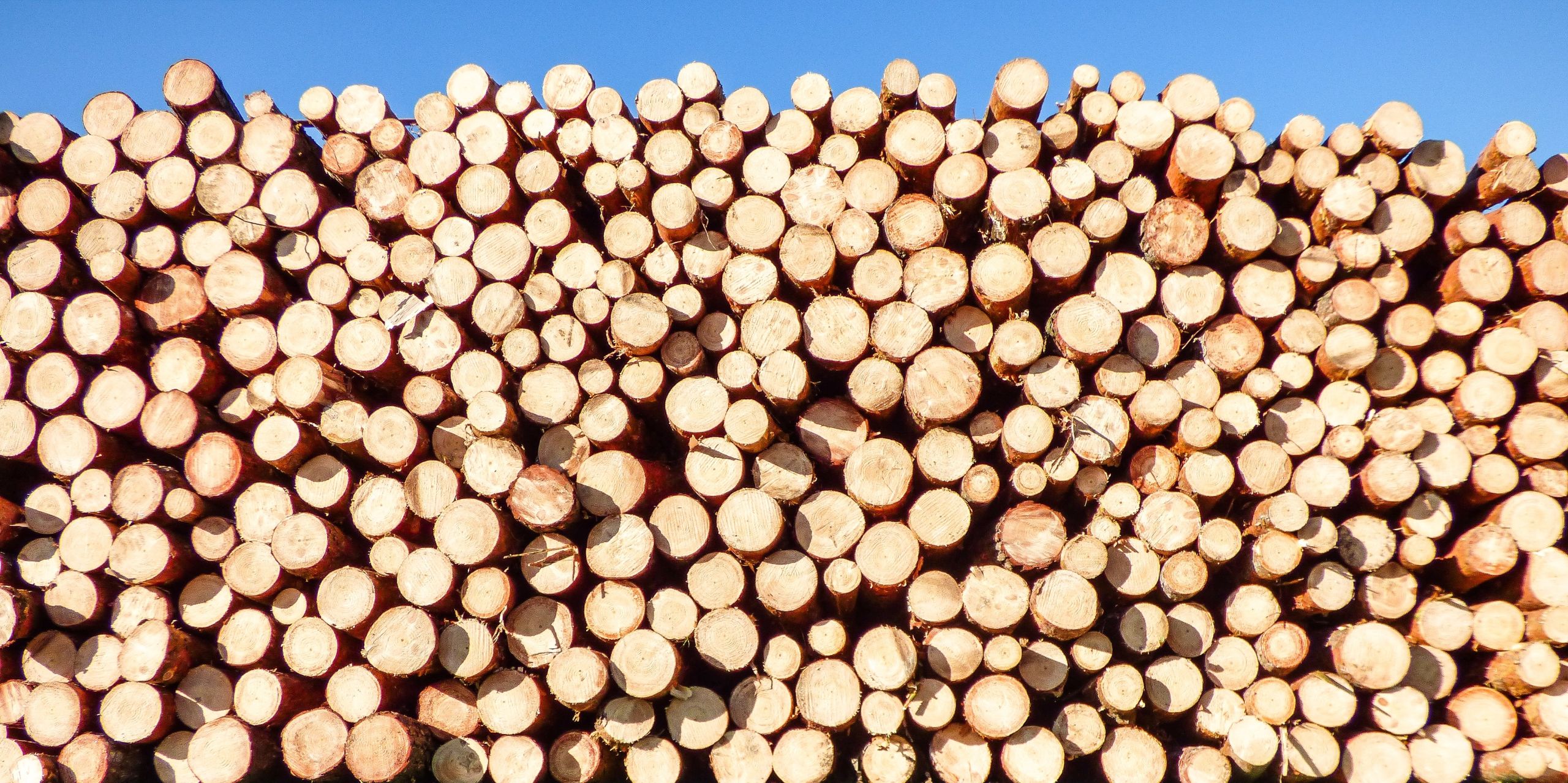How to Improve Texas Indoor Air Quality
With so many outdoor air concerns related to the heat, humidity, and ozone, it’s easy to forget that indoor air quality (IAQ) is just as important --...
Floor, wall and ceiling mounted to meet your unique project design.
2 min read
Joe Hullebusch : Mar 5, 2019 12:00:00 AM
The Environmental Protection Agency (EPA) states the concentration of organic pollutants is 2 to 5 times higher indoors than it is outdoors.
But when it comes to volatile organic compounds (VOC), that concentration is up to 10 times stronger indoors than outdoors (EPA). In other words, VOCs seriously damage the indoor air quality (IAQ) and water management of your building.
Poor IAQ translates into severe health risks, negative impacts on productivity, and quality of life issues. IAQ issues will drive occupants -- be it businesses or residents -- out of your building as well as prevent occupants from signing on. In effect, VOC will cut into your bottom-line.
Need More Information on Increasing Your Building’s Value via HVAC?
To help building managers, we’ve compiled a list of the leading 7 VOC threats:
Poor IAQ Drives Occupants Away
See How UFAD Keeps Them
According to the EPA, “acute inhalation exposure” causes “nausea, vomiting, dizziness, fatigue, headache, mood changes, lethargy, blurred vision, delirium, and convulsions.”
The risk of carbon disulfide is largely limited to work sites that use the substance as part of a production process, and not an office or residential buildings. However, for such buildings in the vicinity of a chemical production site, contamination is a serious risk.
To deal with VOCs, most property managers/owners should look at a two-pronged approach: (1) to remove the substances as much as possible from the premise and (2) ensure that whatever’s left does not become a health hazard. For VOCs that impact IAQ, the central solution is to have a functional HVAC system with effective ventilation and air replacement capabilities.
AirFixture designs and installs Underfloor Air Distribution (UFAD)-based HVAC systems that prevent VOCs from harming occupant health.

With so many outdoor air concerns related to the heat, humidity, and ozone, it’s easy to forget that indoor air quality (IAQ) is just as important --...

Architects, builders and engineers are always looking to push the envelope in their commercial building designs. These unique designs capture...

Mass timber construction is a sustainable building technique that uses mass timber products such as cross-laminated timber (CLT) to build large...